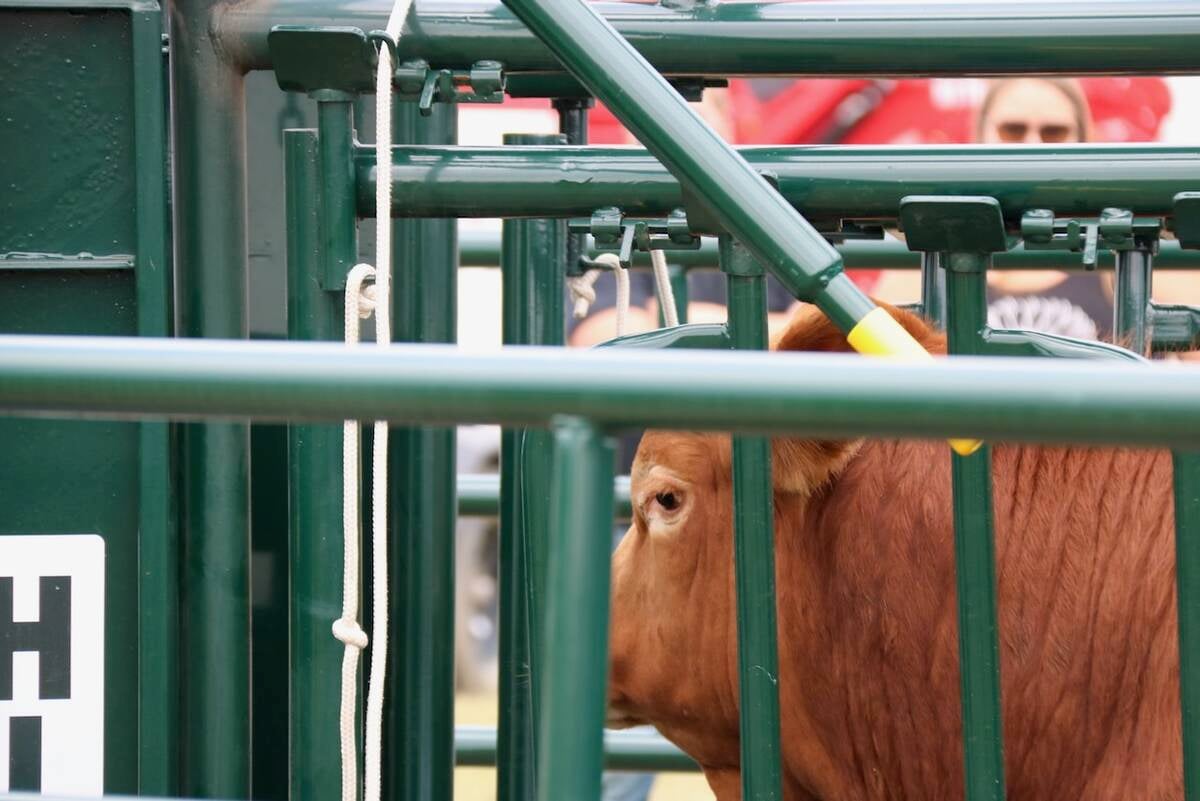RENO, Nev. – Twelve ethanol plants are located within a 60 kilometre radius of Howard Mogler’s Iowa feedlot.
After a dozen years of blending ethanol byproducts into cattle feed rations, he has learned a thing or two about these alternatives. He also dismisses the bad news stories about sulfur poisoning of calves, foaming liquids and mouldy feed.
“They talk about these evils appearing, like killing cattle. People have decided to use this stuff without checking the nutrition and they fed too much of it,” he said after a session on distillers’ byproducts held during the National Cattlemen’s Beef Association convention in Reno.
Read Also

Good handling equipment a must on cattle operations
It’s important for the safety of producers and everyone else dealing with their stock that handling equipment is functional and safe.
At his farm, he feeds wet and dry distillers grain and corn syrup to 3,000 feedlot steers. He and his sons have an annual contract and receive four semi loads of the syrup each week – 25 tons to a load. It is stored in underground tanks and mixed with the ration.
“Feeding syrup for us right now is like feeding $2 corn,” Mogler said. With freight from the plant it costs $19 per ton.
The syrup makes up no more than 15 percent of the feed. The Moglers also use the meal in the form of wet distillers product at 25 percent dry matter and the dry product at 90 percent dry matter.
Using these products requires experience and education, said Greg Lardy of the University of Minnesota.
Product quality can be variable so feed tests are recommended. Sulfur must also be handled properly to prevent metabolic disorders and polio.
Ethanol plants use sulfuric acid to improve fermentation. The sulfur remains in byproducts and could be hazardous to animals’ health, especially if the local water supply has high sulfate levels. Adding limestone has a buffering effect but does not fully counteract the problem, he said.
Pricing for feed should be based on other key components of the ration.
“The availability of these products is going to increase,” Lardy said. “A lot of these products are being moved through contracts so it is difficult to find a spot market price.”
Handling the material takes experience. The meal can separate from the rest of the ration if there is not enough moisture. It does not pellet well so it should be mixed with other ingredients.















